DIV IV - Button Covers & Shoe Button Covers (Page 1)
 The purpose of this section is to provide background and examples of button
covers and shoe button covers as defined in Div IV, Section 3 in the
NBS Classification Guide1 (Blue Book). This page is devoted to
button covers and page 2 of this section is devoted to shoe button covers.
The purpose of this section is to provide background and examples of button
covers and shoe button covers as defined in Div IV, Section 3 in the
NBS Classification Guide1 (Blue Book). This page is devoted to
button covers and page 2 of this section is devoted to shoe button covers.
Button covers are ornamental devices that slip over the buttons on both men's and women’s attire to transform the appearance of shirts, coats and dresses into a more formal or fanciful form. In some cases they were used to convert an ordinary coat into usage as a uniform. They may range from a simple and demure design for that extra little touch to button covers which feature fancy designs, other material embellishments, and decorative finishes. Since they’re removable, they can be used with different garments.
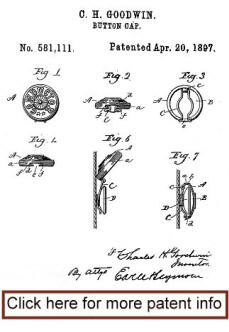 Button covers are button-like when viewed from the front but are easily
identified by the back mechanism which slips under the button with an
opening for the button shank or thread and some feature to prevent them from
falling off. Several examples of the various back mechanisms are shown at
the right including the common hinged variety at the top, straight or curved
spring prongs in the middle, and at the bottom, a rotating plate that
encloses the button.
Button covers are button-like when viewed from the front but are easily
identified by the back mechanism which slips under the button with an
opening for the button shank or thread and some feature to prevent them from
falling off. Several examples of the various back mechanisms are shown at
the right including the common hinged variety at the top, straight or curved
spring prongs in the middle, and at the bottom, a rotating plate that
encloses the button. Many think that button covers are relatively modern, emerging in the mid-1900s along with dress clips and shoe ornaments, and faded from popularity by the 1990s. Not so! United States patents were awarded for button covers prior to 1887, and you may examine a sample of patented designs that span more than 125 years by clicking on the "Goodwin" patent on the left. As for modern versions, a brief Google search will take you to a variety of 2010 button covers, including a 14 caret gold cover for men's cuff buttons selling for $650.
While most all button covers were designed for ornamental purposes, there is one design shown in the patent examples that was made to protect against damage to nice buttons. Specifically, the 1916 patent objective was to "prevent the accidental breaking of the button when beating a garment carrying the button." Most collectors find button covers as single examples but some that were sold for cuff button covers are found in pairs and others in sets. Examples of these can be seen by clicking here.
So, what does the new collector look for when attempting to create a good representation for button covers? The possibilities closely parallel those for our buttons. Material types will include glass, ceramics, enamel, metals, natural materials, and synthetic polymers. Construction techniques may including cast, molded, carved, and others. Class 3-1.1 allows and supports writing awards that focus on the above and other characteristics such as decorative finish (DF), other material embellishment (OME) and pictorials. See the footnote at the end of Div IV listing in the Blue Book. Note that the labeling on the following examples identifies some but not all the possibilities for the specific design features.
| 3-1.1 Specific Design Features (Materials, OME, DF, Shapes, Back marks, etc.) | |||
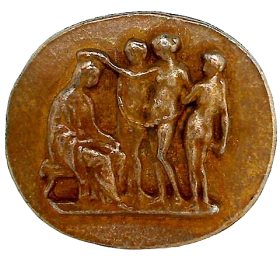 3-1.1 Brass (1-1/4") |
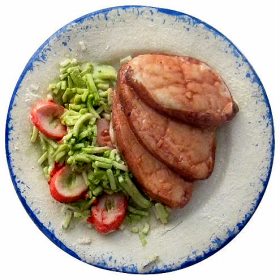 3-1.1 Ceramic (1") |
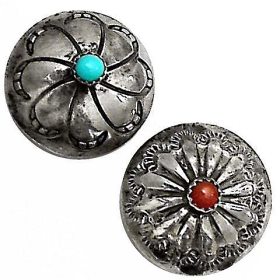 3-1.1 Silver (3/4") Native American work |
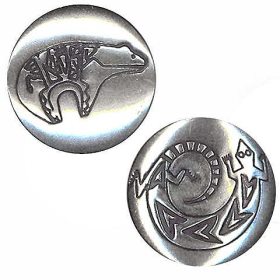 3-1.1 White Metal (1") |
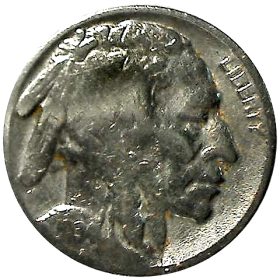 3-1.1 White Metal (1") |
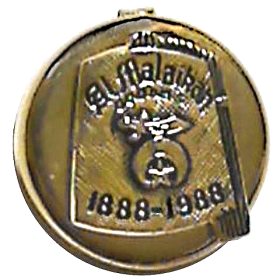 3-1.1 DF - Brass 1") Commemorative Shriner design |
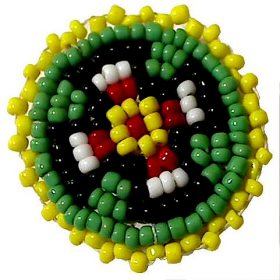 3-1.1 Glass Beads on Leather (1-1/4") |
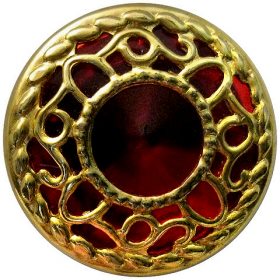 3-1.1 Acrylic in Brass (1") BM "NONY New York" |
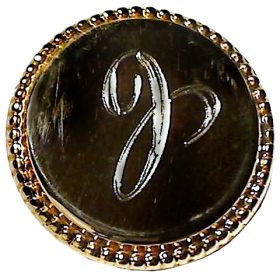 3-1.1 Brass (5/8") |
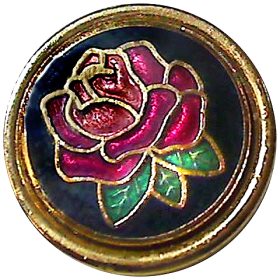 3-1.1 Enamel (3/4") |
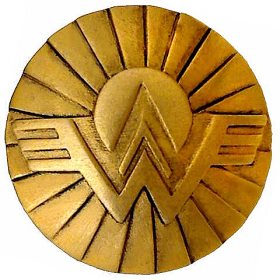 3-1.1 Brass (1-3/32") America West Airlines - Uniform |
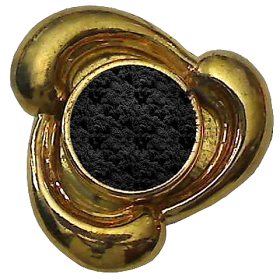 3-1.1 Fabric in ABS Plastic (1") |
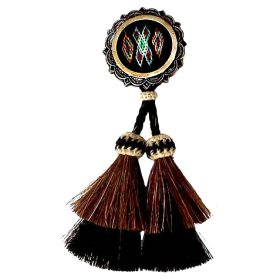 3-1.1 Fabric and Horsehair Moveable (4") |
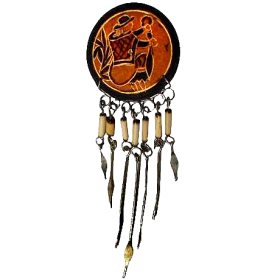 3-1.1 Gourd (2-5/8") |
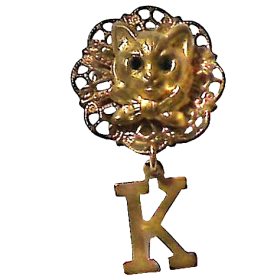 3-1.1 Brass - Pierced Moveable (1-1/8") |
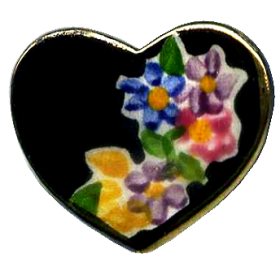 3-1.1 Ceramic - Painted (1-1/8") |
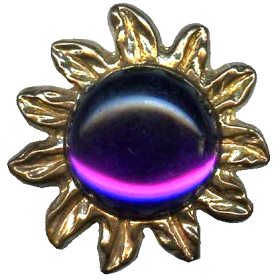 3-1.1 Metalized Plastic Synthetic Poly OME (1-3/8") |
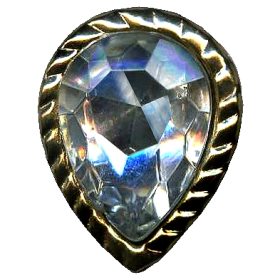 3-1.1 Metalized Plastic Paste OME (1-1/4") |
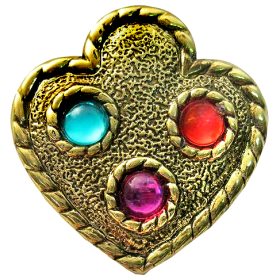 3-1.1 ABS Plastic Plastic jewels (1-3/8") |
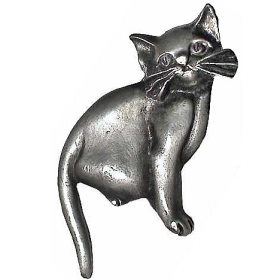 3-1.1 Pewter (2-1/8") BM "Metzke |
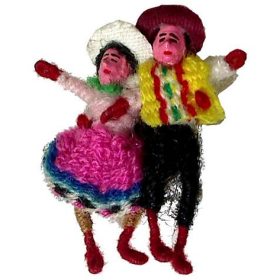 3-1.1 Fabric (1-1/2") |
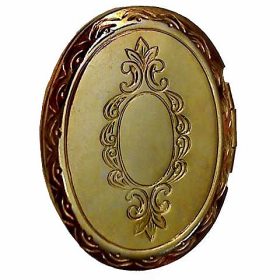 3-1.1 Shapes - Linear/Oval Brass Locket (1-1/8") |
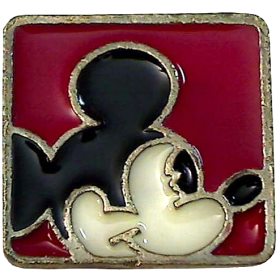 3-1.1 Shapes - Linear/Square BM "Disney" (1-1/8") |
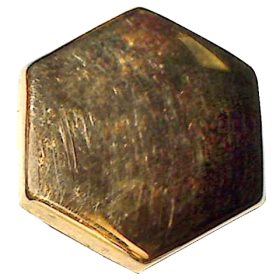 3-1.1 Shapes - Linear/Hexagon Brass (5/8") |
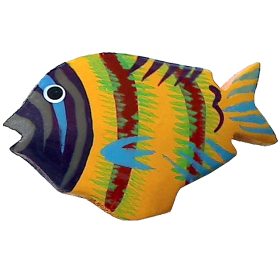 3-1.1 Shapes - Realistic (1-1/8") Painted Wood |
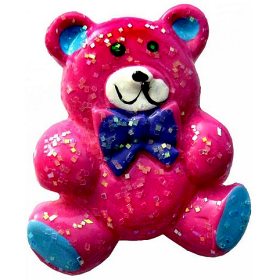 3-1.1 Shapes - Realistic (1-3/8") Painted Ceramic |
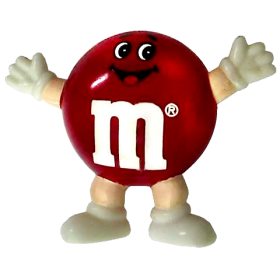 3-1.1 Shapes - Realistic (1-1/8") Plastic Back |
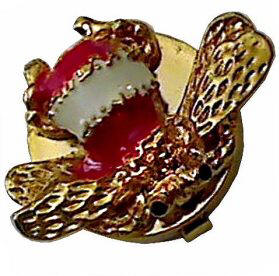 3-1.1 DF - Cold Enamel on Brass (1") |
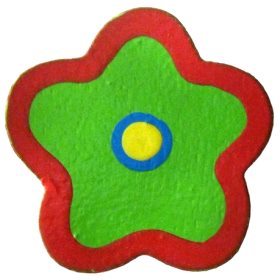 3-1.1 DF - Paint on Wood BM "Levi" (1") |
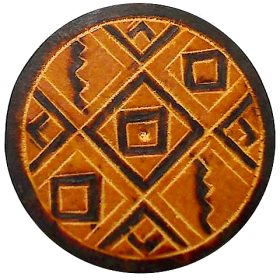 3-1.1 DF - Dyed (Zia-like) (7/8") |
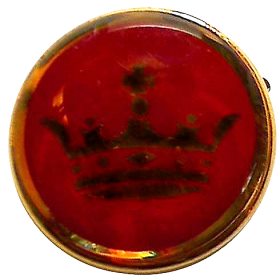 3-1.1 DF Cold Plastic Enamel Brass (5/8") |
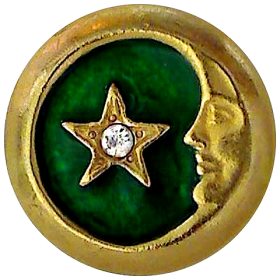 3-1.1 OME Paste Brass (7/8") |
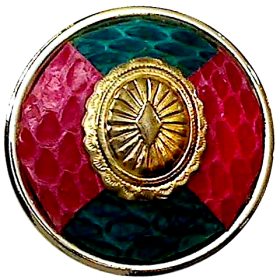 3-1.1 OME (Brass) and DF (Dyed) (1-1/2") Snakeskin on Metalized Plastic |
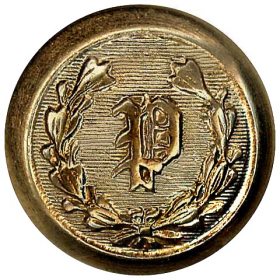 3-1.1 Back type - Slide Closure (5/8") Late 1800s - See Patents |
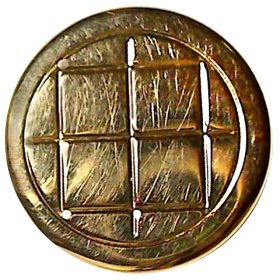 3-1.1 Back type - Curved Prong Closure (5/8") |
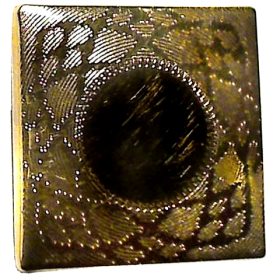 3-1.1 Back type -Straight Prong Closure (5/8") |
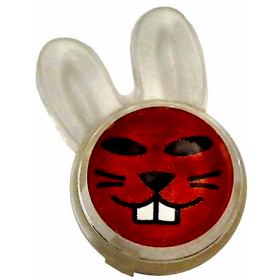 3-1.1 Back mark "MOD. DEP." Plastic with plastic back (1-1/4") |
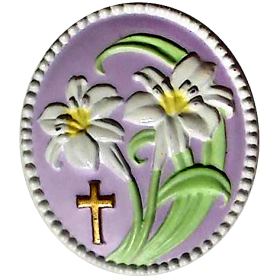 3-1.1 Back mark "HMK. CDS." Ceramic (1") |
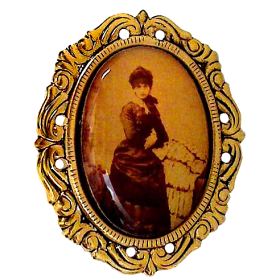 3-1.1 Back mark "NONY New York" (1-3/8") |
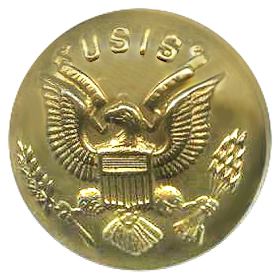 3-1.1 Back type - Slide closure (7/8") |
| Examples of Button Cover Patents Between 1893 and 1997 | |||
| 1893 - Detachable Button Cover | 1897 - Conductor Button Cap | 1916 - Button Protector | 1956 - Cuff Button Cover |
| 1951 - Ornamental Button Cover | 1959 - Attachments for Buttons | 1973 - Cuff Button Cover | 1997 - Plastic Button Cover |
| Acknowledgements:
Special thanks to Barbara Weeks, Lou Yeargain, William Hentges, Adrienne Bennett, and Karen Farnsworth who provided images and support and made their collections available for the images shown on these pages. Others who provided support and comments include Margaret and Willie Tolbert, Vicky Mayhall and Pat Fields. References: (1) US Patent and Trademark Office, Patent Images, http://www.uspto.gov/. 2008 (2) National Button Society Blue Book, Official NBS Classification and Competition Guidelines |
|||